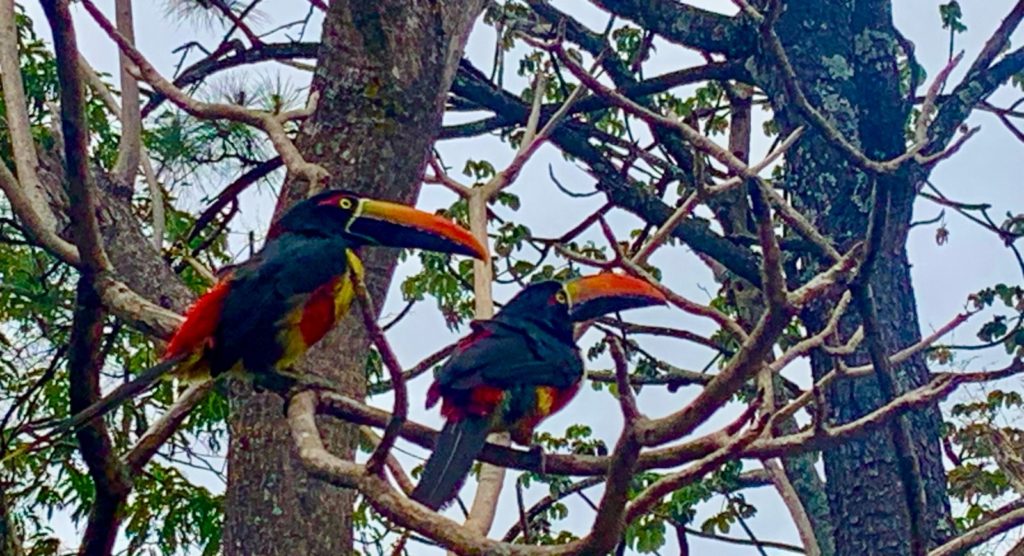
In January 1854, after a three-month journey from Germany to San Juan del Norte, in Nicaragua, naturalist Carl Hoffman was about to arrive to Costa Rican. The greatest adventure of his life was about to begin. With his friends, Alexander von Frantzius and Julian Carmiol Grasneck, he was sailing down the San Juan River in a barge that would take them to Sarapiquí. Everything was new to him, of course. The greenest green, the liquid humidity, the stealthy mosquitoes and the fierce sun. His cheeks burned, his skin itched and, at the same time, he remembered Alexander von Humboldt, to whom he was infinitely grateful for the steps he had taken so that he could do research in Costa Rica. Sunburnt, but smiling and very happy.
Aboard the barge, he discovered that the immense trees around him were teeming with life, from their tops to their feet: birds with multicolored beaks, hanging plants with bold flowers, huge honeycombs from which playful wasps emerged. The boat carried them gently through this lush world and Carl became intoxicated with color and grandeur. He closed his eyes to make out some sounds he was just beginning to differentiate. It was not easy. The cicadas were setting a base tone that dulled almost everything else. Finally, he recognized the squawk of the bird with the multicolored beak and then the squawk of another bird that answered him. He was participating, as a listener, in his first tropical conversation.
This story is based on a selection of texts, entitled Carl Hoffman, Viajes en Costa Rica (1976) and introduces the main characters of this text: toucans. Exuberant, predatory birds, native to the American tropics and subtropics. Their huge beaks are made of layers of keratin that produce an ultra-light material, which is why they fly and do not fall under the effect of gravity! They have beautiful names like Rey Curré, Dios te dé and cusingo. They are attractive, mythical and mysterious birds that have attracted the attention of scientists and artists alike.
In the most recent episode of La Telaraña podcast, ornithologist César Sánchez and musician Manuel Obregón talked about toucans. César illustrated us about the six species of toucans that inhabit Costa Rica, while we listened to their calls. They are predators, but they are also preyed upon by some hawks, such as the mountain hawk, or by some snakes, although sometimes it is the toucans that kill the snakes! They sleep and nest in tree hollows, sometimes in very large groups, which enter through tiny holes into these mysterious condominiums whose decoration is unknown to us.
Manuel presented us with his new work entitled, precisely, Tucanes. It is part of the album El camino del jaguar, which can be found on most streaming platforms. It arose from a dialogue between him, with his piano, and a toucan “Dios te dé”, in a reforested farm in the south of the country. Manuel tells us that, as he conversed with the toucan, others approached, until there were five. He says: “Every rhythm, every sound, every frequency in nature has a meaning, which is what I call the ‘soundscape’. With few things changing, if you cut down a tree or two, the soundscape changes. It’s very fragile.”
Don’t hesitate to enter this multicolored tropical conversation, which will leave you thirsty for music and eager to learn more about these enigmatic birds, just as it happened to Carl Hoffman almost 200 years ago, on a barge full of the Tropics.
